Offshoring from the US and other high cost economies to low cost emerging market countries was a dominant theme of manufacturing in the late 1990s and 2000s.
Now, Reshoring offers the promise of re-establishing the link between product design and manufacturing, between original equipment manufacturers and strategic supplier ecosystem.
Reshoring is also a political topic, as it presents the prospect of bringing overseas manufacturing jobs back to the company’s own country. Reshoring also allows for risk mitigation in the case where there is a disruption to the global Supply Chain, as experienced by most companies with Offshore Manufacturing during the COVID-19 crisis.
The big picture is drifting away from the centrality of labor-cost-arbitrage as a driver of location decisions. Instead, it is moving towards proximity models driven by a supplier ecosystem, with additional focus on people, skills and organizational capabilities.
While macroeconomic data on comparative labor and factor costs may be compelling, the actual process of Reshoring is a daunting task. The process of bringing assembly work back to domestic factories from abroad is substantially more challenging than the economics alone would predict.
There are 6 key considerations to make the Reshoring effort well directed and manageable:
1. Work Force Stabilization
2. Gaps in Skills
3. Capital-Labor Ratio
4. Supply Base Localization
5. Customer Partnerships
6. Manufacturing Proximity
About Dawgen Global
Dawgen Global is an integrated multidisciplinary professional service firm providing a wide range of services including: Audit , Advisory, Tax, Legal , Technology and Risk Email: [email protected] Website: dawgen.global

